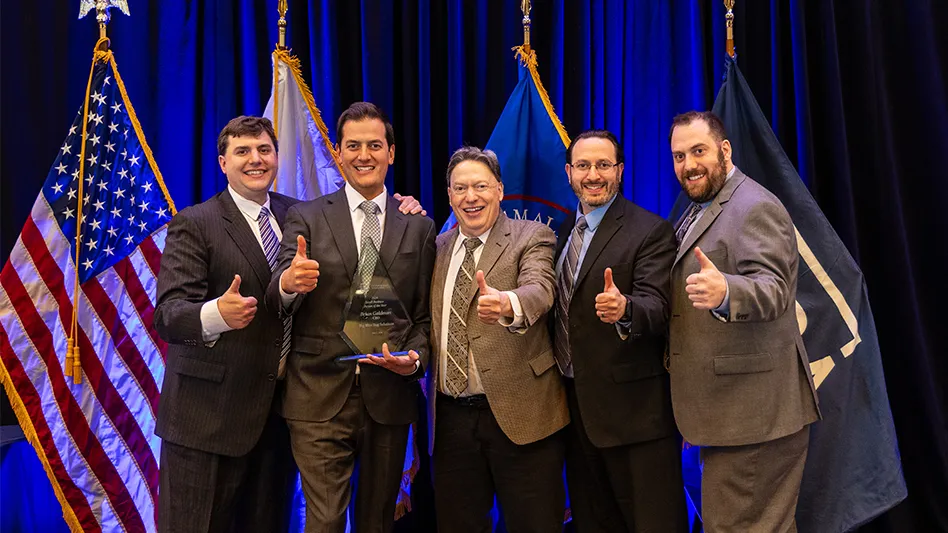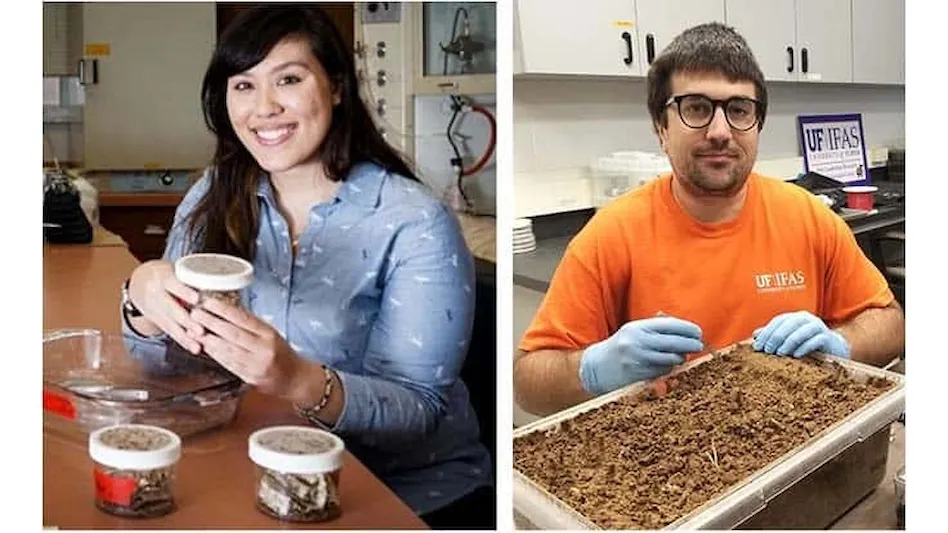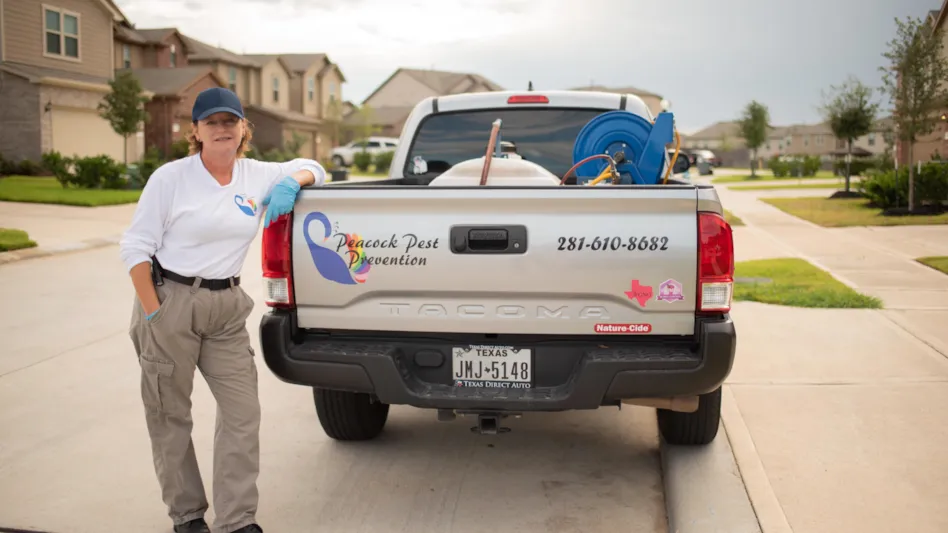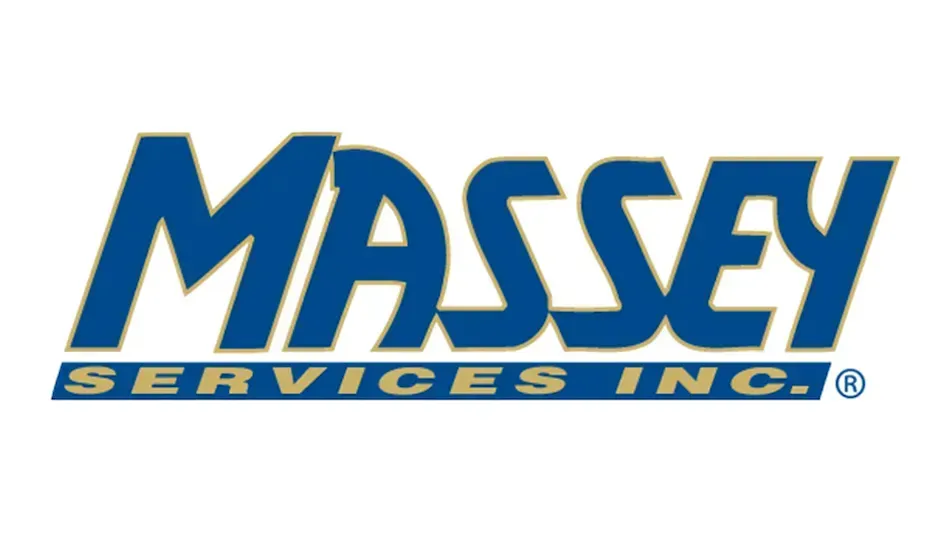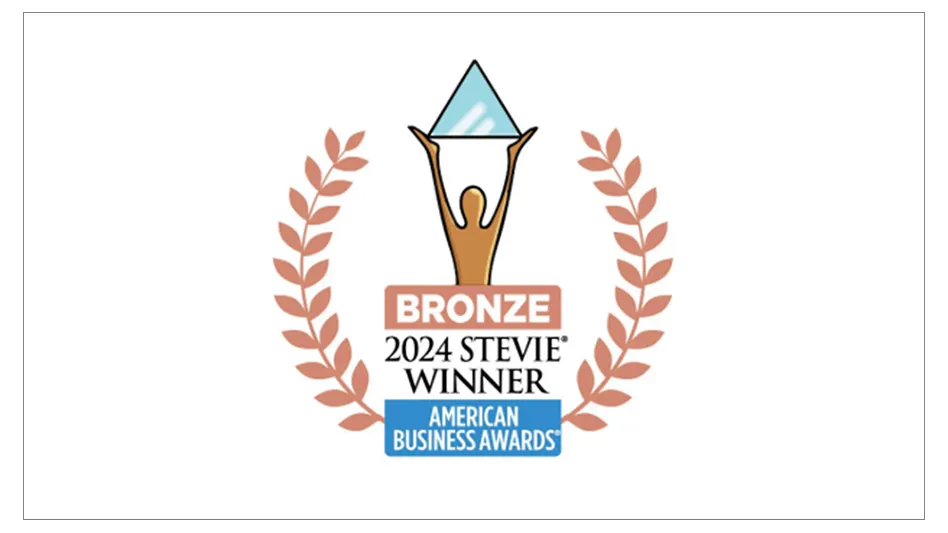WRIGLEY FIELD STRIKES OUT THE BIRDS
Wrigley Field, home of the Chicago Cubs, celebrated its 90th season in this year. As Wrigley Field prepared to play host to all of the Cubs’s National League rivals, the stadium also battled an unwelcome new pre-season rival: pigeons in its renowned upper deck.
It isn’t only Cubs fans who love Wrigley Field. "Pigeons like to roost on the trusses that support the upper deck," said Paul Rathje, director of stadium operations at Wrigley Field for the last six years. "This causes problems for the people seated below." Besides the lure of roosting in the structural beams, the pigeons are naturally attracted to the food purchased by the crowds of fans who fill the stands — a bird’s delight; a stadium director’s horror.
During the prior season, Rathje had tried a few tricks of his own to defeat the pigeons but with no success.
In spring 2003, Rathje called Chicago-based Bird-X Inc. about a sonic device he’d heard about that deterred birds. Bird-X referred Rathje to a bird-deterrence consultant, Kevin Connelly, general manager of Premier Pest Elimination in Chicago.
Connelly met on-site with Rathje, just weeks before the season opener, to assess the situation. Speed was of the essence; so was efficacy. The two men worked out a plan to install seven Bird-X Ultrason X units and seven Super BirdXPeller PRO units in the trusses under the upper deck and in the lower deck corners.
Connelly worked cooperatively with the union electricians on staff at Wrigley Field to devise a protocol for smooth supervision and installation. The big day came in late May 2003. When the Bird-X units were turned on, "The birds flapped out," Rathje says.
"About 90 percent of the birds left for good," says Connelly. It wasn’t a total elimination, both men agree, but it forced the bird problem to fall within an acceptable tolerance range. That was the goal, Connelly says, noting that realistic expectations and budgetary constraints are always factors in choosing solutions for large facilities.
Operations Director Rathje has advice for other facilities managers: Consider various bird-deterrence alternatives, depending on the facility’s architecture, where the birds roost, and the expanse of the space affected. Connelly agrees.
"Then base your decision on the limits of your budget, the realities of the time needed for proper installation, and your tolerance level for effectiveness." He said that a 100 percent solution can be prohibitively expensive and often is not necessary.
EVERYTHING IS BIGGER IN TEXAS
This 28-person Ford Excursion limo seen below was used by Myers Services to take people sight-seeing in Dallas during the NPMA convention in October. In the photo are: Rick Rogers, Denise Sanders and Danny Myers from Myers Pest & Termite Service
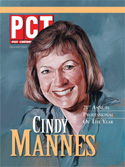
Explore the December 2003 Issue
Check out more from this issue and find you next story to read.
Latest from Pest Control Technology
- PCO Follows the Carpenter Bee Clues
- Bird Control Can Be Lucrative, But it’s Not for Every Company, PCOs Report
- Gerry Wegner on the New PCT Field Guide to Stinging and Biting Arthropods
- PCO Bookkeepers & M&A Specialists Recognize Pinnacle Performance Award Winners
- Ground Control
- Scientists, PMPs Collaborating to Map Termite Distribution in Southern U.S.
- Viking Pest Control Organizes a Charity Bike Build for Local Families
- Gaining Control of Structure-Infesting Carpenter Ants
